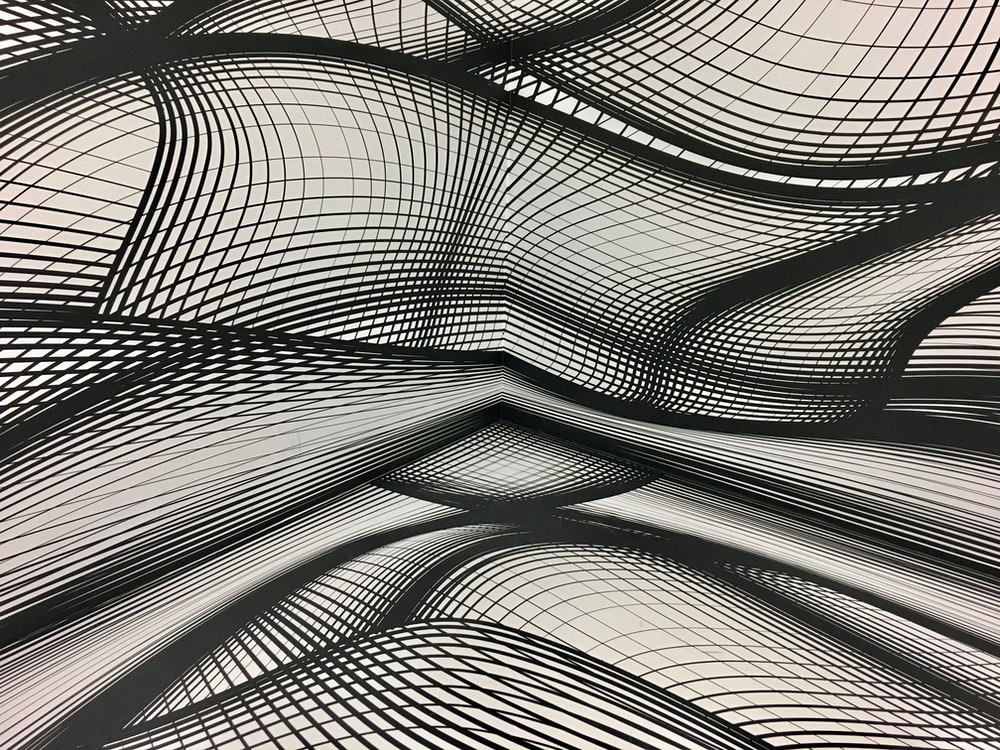Wavefront Coding: Better 3D Images

Light field microscopy is pretty amazing. It was first presented by Leroy et. al in 2006 and 2009 and then improved upon in 2013. It’s a method that allows for single-snapshot, volumetric imaging. In short, it works by using a micro-lens array in the optical path of a fluorescence microscope and records both the spatial and angular distribution of the light to reconstruct full, three-dimensional images. But it has some limitations, namely, it can only produce high resolution images at a small range of z-dimension depths. But that’s where a handy technique called wavefront coding comes in! In their article, Cohen et al demonstrate that wavefront coding can be used to preserve significant portions of lateral spatial resolution at each z plane, even over a hundred microns away from the native objective plane. Pretty neat!
What is Wavefront Coding?
Wavefront Coding isn’t necessarily a new discovery, but the implications for the world of microscopy are notable. In microscope-based research, wavefront coding is an extension of Light Field Microscopy (LFM). Technically speaking, wavefront coding refers to the use of a phase modulating element in conjunction with deconvolution to extend the depth of field of a digital imaging system such as a video camera. In the world of microscopy, it aims to mitigate the non-uniformity of lateral resolution across depth that is normally observed in un-altered LFM. In simple terms, that means more consistent 3D images!
How does it work?
Cohen and team describe two proposed methods for using wavefront coding in microscopy. The first method involves placing a single phase mask at the back focal plane of the microscope’s objective. The second involves combining the objective mask with an array of smaller phase masks positioned at the native image place of the microscope. By leveraging these techniques, Cohen’s team was able to resolve the low-resolution problem around the native object plane.
For more industry insights, be sure to follow our blog and subscribe to our newsletter.
Citation: Cohen N, Yang S, Andalman A, Broxton M, Grosenick L, Deisseroth K, Horowitz M, Levoy M. Enhancing the performance of the light field microscope using wavefront coding. Opt Express. 2014 Oct 6;22(20):24817-39. doi: 10.1364/OE.22.024817. PMID: 25322056; PMCID: PMC4247191.
